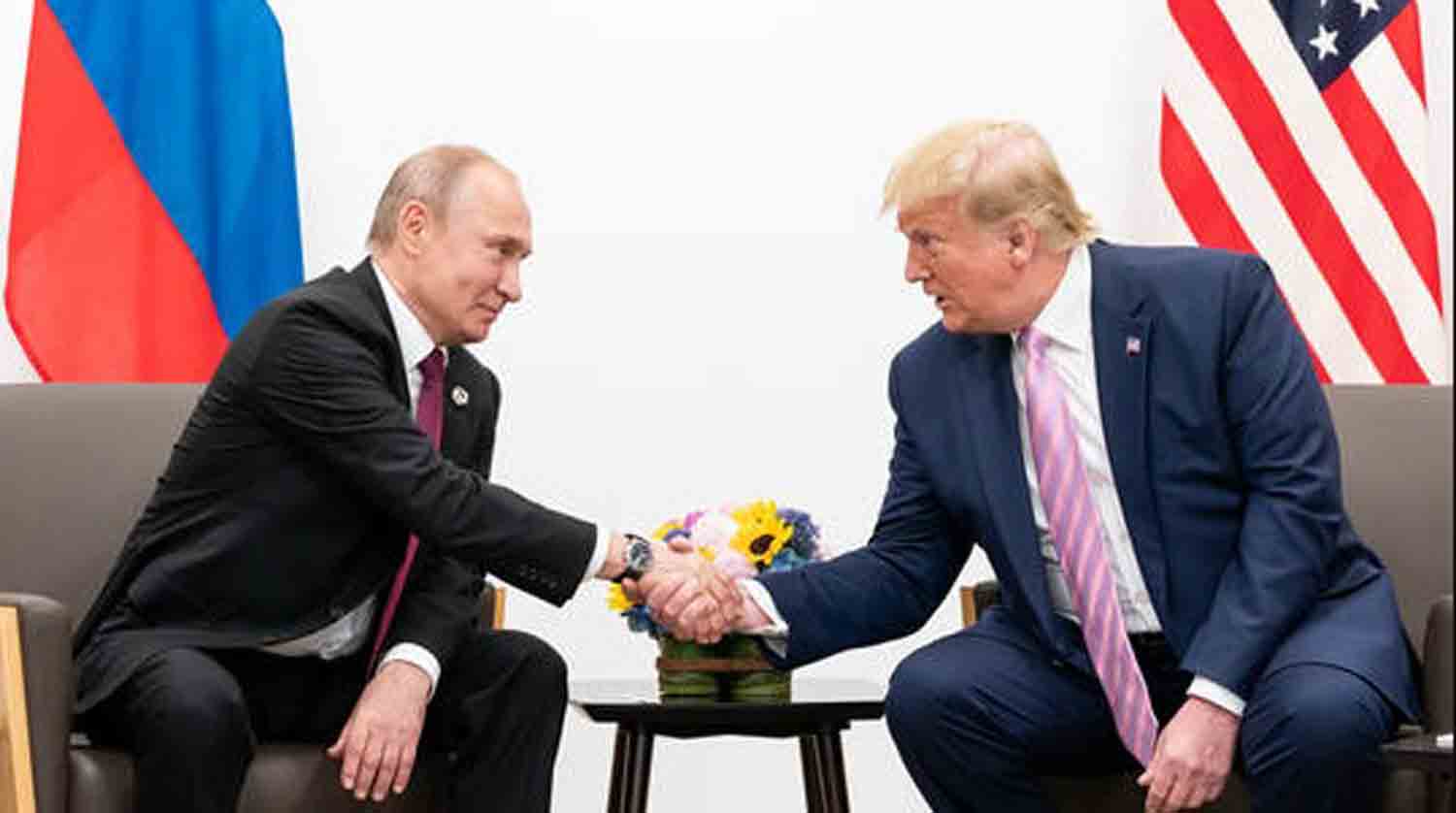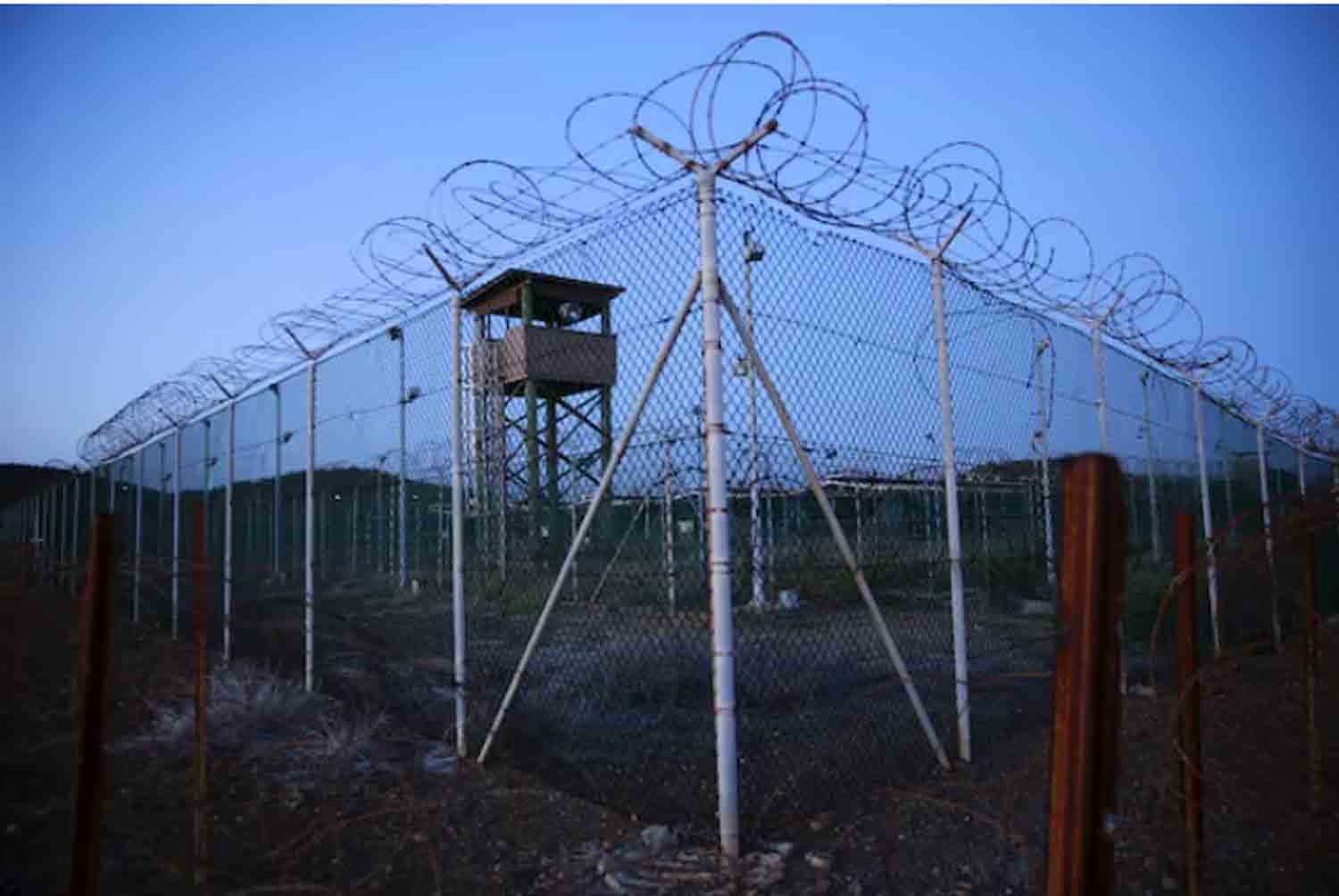Discussions regarding peace negotiations for Ukraine began last summer, and preparations now seem to be taking on a more formal character. Many are placing their hopes on Donald Trump, yet there is limited evidence to suggest that the incoming American president can ensure a successful outcome.
The suggested approach—initiating a ceasefire followed by peace talks—mirrors numerous regional conflicts from the 20th century, where external parties pressured combatants into ceasefires. These often resulted in unresolved tensions, leading to intermittent escalations and sometimes the involvement of peacekeeping forces.
In the case of Ukraine, this strategy would only be effective if the costs of the ongoing conflict for Moscow surpassed those of agreeing to a ceasefire. Currently, this is not the situation. It is likely that negotiations will unfold amid ongoing or even heightened hostilities.
The primary challenge remains the West’s lack of commitment. This uncertainty renders a comprehensive peace agreement involving Russia, the US, and Western Europe improbable in the near future. Nevertheless, a relatively stable peace in Ukraine could still be achievable—without the need for Western assurances.
Kiev: A Victim of Western Ambivalence
The Ukrainian conflict has been escalating for decades and has reached a military confrontation largely due to the West’s failure to provide clear commitments—both to Kiev and Moscow.
In the spring of 2022, Kiev was keen to engage in negotiations in Istanbul to halt the invasion, hoping for Western security guarantees. Meanwhile, Putin sought a significant agreement with the West to delineate spheres of influence. Ultimately, neither party achieved its objectives. The West, hesitant to propose meaningful solutions, chose instead to supply arms to Ukraine, effectively using it as a proxy in its struggle against Russia.
Initially, this approach appeared effective for NATO. Ukraine’s military achievements instilled optimism that a few additional tanks, aircraft, and sanctions could dismantle Russia’s economy and military capabilities, as well as President Vladimir Putin’s administration. However, by late 2022, the situation had transformed into a war of attrition, with Ukraine, due to its limited size and resources, depleting its strength much more rapidly than Russia.
Currently, as Ukraine confronts escalating difficulties on the battlefield and growing instability domestically, the circumstances are beginning to mirror those of spring 2022. Once again, Kyiv is seeking assurances from the West. President Zelensky has been actively requesting commitments from leaders such as Macron, NATO officials, and even Trump. Yet, similar to the discussions in Istanbul, the West is unable to provide substantial guarantees. Unlike in 2022, there are no alternative solutions on the table.
At that time, former UK Prime Minister Boris Johnson’s exhortation to “just fight” and Russia’s withdrawal from Kyiv galvanized both Ukraine and its Western allies. Today, however, the rhetoric lacks the same persuasive power. US National Security Advisor Jake Sullivan’s suggestion to deploy 18-year-olds to the front lines generates feelings of shame rather than hope, even among Ukraine’s most fervent supporters.
The Trump Factor: No Miracle Solutions
Many are now questioning whether Trump’s presidency could lead to peace in Ukraine. Although his rhetoric has softened and aligned more closely with Biden’s, his commitments remain ambiguous. The earlier claim of achieving peace in “24 hours” has shifted to “if I can.” He advocates for a robust Ukraine and NATO, showing little inclination to disrupt the West’s existing policies.
Trump’s reluctance to engage in military conflict may be sincere, but it is unlikely to produce meaningful outcomes. Achieving peace is not a matter of mere command; it necessitates confronting the underlying issues that fuel the conflict. Trump does not provide any viable solutions in this regard and may be incapable of doing so.
In contrast to Biden, Trump seems more inclined to transfer the responsibility of the conflict to Western Europe while redirecting his focus toward China. Although this strategy might offer Russia some advantages, it does not facilitate a resolution to the conflict or address the distribution of influence among nations. Neither the globalist West nor Trump appears prepared to engage in serious negotiations with Moscow.
Moscow’s Strategy: Forcing Kiev to the Brink
With little hope for support from the West or Trump, Moscow is intensifying its military efforts. By maintaining a consistent operational tempo, Russia aims to exhaust Ukraine to the point of failure. Ukraine’s urgent quest for peace, met only with demands for continued hostilities, may lead its leadership to recognize that direct negotiations with Moscow are essential for survival.
From a military standpoint, Russia’s strategy is evident. Although its forces have not yet achieved significant breakthroughs, they have adapted to systematically breach defenses. Observers and analysts have noted that since spring 2023, Russian progress has been gradual yet unyielding, resembling the relentless advance of a steamroller.
The Kremlin aims to establish circumstances that would compel Kiev to accept peace on terms favorable to Russia, specifically by relinquishing its status as a military and political threat to Moscow. To achieve this, the Kremlin is leveraging the psychological effects of unmet Western assurances alongside the ongoing devastation of Ukraine’s economy and society.
Alternative Scenarios
Although Russia currently appears to have the advantage, several other outcomes remain feasible:
A Ceasefire Without Commitment:
Russia may consider a ceasefire if it begins to deplete its resources—be it economically, militarily, or politically. Given that the West cannot provide guarantees to either party, such a ceasefire would likely only serve to delay the conflict for an extended period.
A Prolonged Low-Intensity Conflict:
Should Ukraine bolster its defenses and support systems, Russia might adopt a strategy focused on resource conservation, thereby scaling back its offensive actions. This scenario could lead to Ukraine becoming a “Palestinianized” state, characterized by fragmentation and a militarized environment rife with instability.
Escalation:
Should Trump or NATO choose to pursue direct military action, there is a significant risk that Russia may respond with an escalation, potentially involving nuclear capabilities. While Western leaders may believe that Putin would retreat, the Kremlin is more likely to retaliate, which could quickly intensify the situation.
Conclusion: Waiting Out the Clock
Moscow seems assured of its capacity to prolong the conflict for at least another year, if not more. It is banking on Ukraine ultimately succumbing to the pressures of military and economic strain. The Kremlin perceives no necessity to engage meaningfully with the globalist West or Trump. Instead, its objective is to establish peace on its own terms, compelling Ukraine to abandon its anti-Russian position and ensuring its long-term security.
Although there are alternative paths available, they hinge on elements beyond Russia’s influence. For the time being, Moscow remains determined to advance its agenda, believing that time favors its position.
Discover more from Defence Talks | Defense News Hub, Military Updates, Security Insights
Subscribe to get the latest posts sent to your email.





